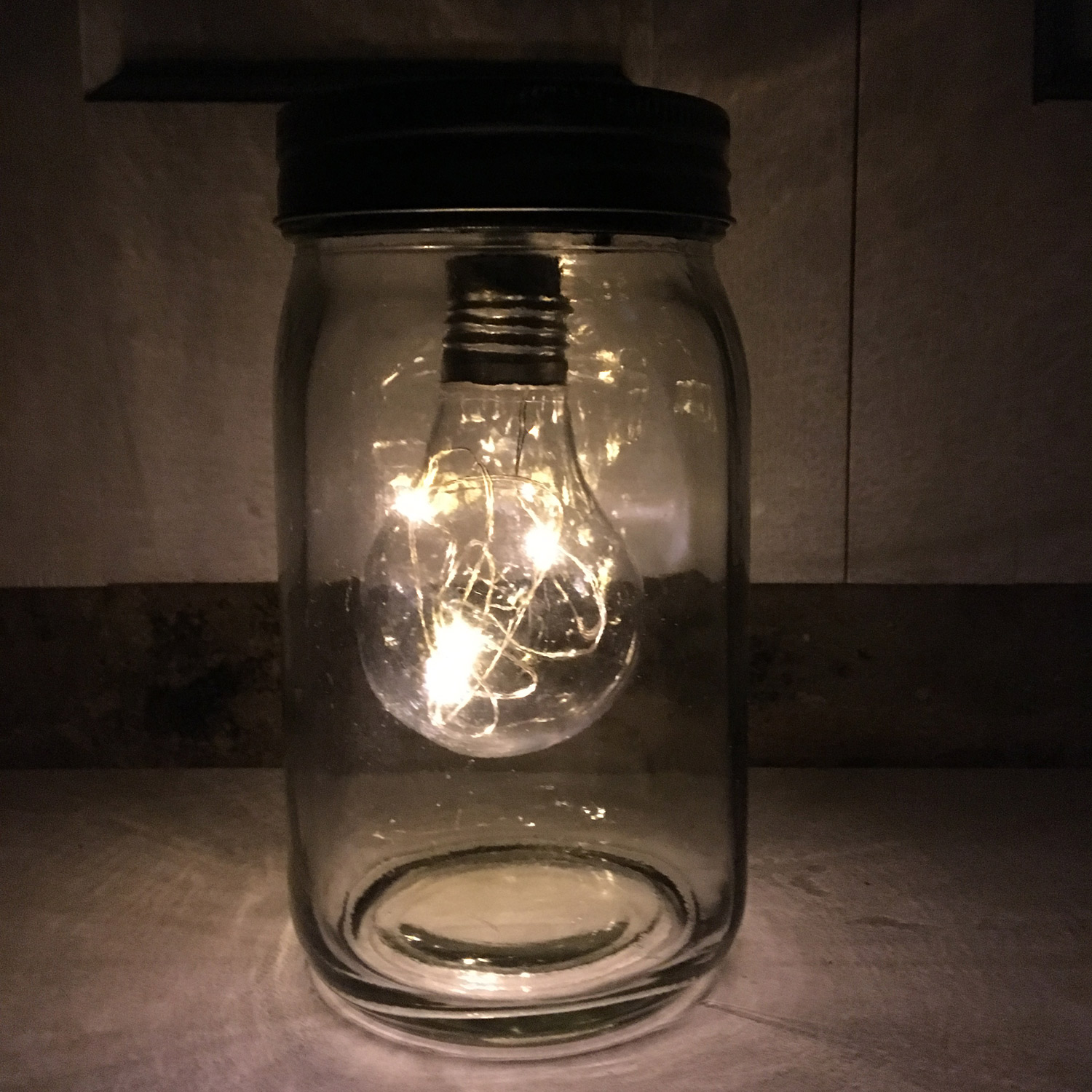We have talked a lot about a coach being conscious and intentional about how they will support the coachee as they develop their thinking. What follows in this model is an attempt to map this out over the flow of a coaching session.
It starts with establishing the What of the session (the focus) and the context in which the current situation is taking place.
The conversation then moves into So What – uncovering the meaning and motives behind the situation.
The third part is emerging back into the world of possibility – Now What – after the exploration in the So What. This covers where is the best place to start to take the coachee where they want and what will get in the way of their success.
The model has echoes of the GROW model within it (John Whitmore) and the work being done by Human Systems Dynamics Institute which is valued in the Not for Profit sector. At the very least you can look through it and discover more questions to ask during your coaching and when maybe to ask them.
| Overall process | Types of questions | Coach’s intentions | Impact on coachee |
| What? | What do you want to focus on (in this conversation)? What makes this important to you now? How will you know that you have achieved what you want? What is happening in this situation? What have you done about it up until now? What is missing? Who does this have an impact upon? How much control do you personally have over the outcome? To what extent do others hold the same perspective or urgency that you do? |
Establish the purpose of the conversation and why it is important to the learner now Explore where the learner ideally and realistically can get to by the end of the session in relation to their goal Check in on current reality Observe patterns and help them to explore the wider context or the bigger picture Review their sense of what is happening against how others might perceive it Explore the way things are now, their ability, probing to establish why things are the way they are. Move the learner on from describing their problem, to understand their part in it, the assumptions they hold and what is blocking change (developing their ‘sense of agency’) |
Greater awareness of self and their impact on teams and overall results.
Identification of what is within their control at times of uncertainty What is most important within their agenda Realistic sense of the gap between the present reality and the ultimate goal Greater sense of limitations they have put on themselves and the situation |
| So What? Given all the answers so far, what are possible options for action? |
What are all the different ways in which you could approach this issue? Make a list of all the alternatives, large or small, complete or partial solutions. What else could you do? What would you do if you had more time, a larger budget, or if you were the team leader? What would you do if you could start again with a clean sheet, with a new team? What is the most courageous thing you could do? What would happen if you did nothing? What are the advantages and disadvantages of each of these options in turn? Which would give the best result? |
Help them to find their way out of being ‘stuck’.
Evaluate what will work best in this situation and the various possible impacts and implications. Relate back to original goal and purpose of the conversation – how will it meet the goal? |
There are things that can be done in a difficult situation that will help to change the dynamics.
Greater understanding of what makes sense to do within a particular context. Being listened to helps to unlock creativity again – which can be shut down under pressure. |
| Now what? | Which option(s) are you going to choose? When precisely are you going to start and finish each action step? What could happen to stop you in taking these steps or meeting the goal? What personal resistance do you have, if any, to taking these steps? What support do you need and from whom? What will you do to obtain that support and when? Clarify again what immediate steps are you going to take? How and when can you do this? |
Test readiness to act
Test commitment to the outcome Most importantly the final stage is to get the coachee to commit to specific, practical and achievable actions that will enable them to move closer to their goal. |
Energised to act.
Acknowledge who else needs to be involved to create greater possibility of the desired results Anticipate possible obstacles and to put contingency plans in place |
The table above is based on the “What, So What, Now What” reflective questions that are useful for deepening understanding of complex situations. Terry Borton (Borton, T. (1970) Reach, Touch and Teach. London: Hutchinson) is believed to have originated the three stem questions. The more developed model ‘What?’, ‘So What?’ and ‘Now What?’ was created by John Driscoll in 1994, 2000 and 2007 (Driscoll, J. (2007) Practising Clinical Supervision: A Reflective Approach for Healthcare Professionals. 2nd ed. Edinburgh: Bailliere Tindall Elsevier). It is widely used by Human Systems Dynamics Institute. The application to coaching, above, was developed by Sara Swords, 2017 and amended by John Evans, 2017.

